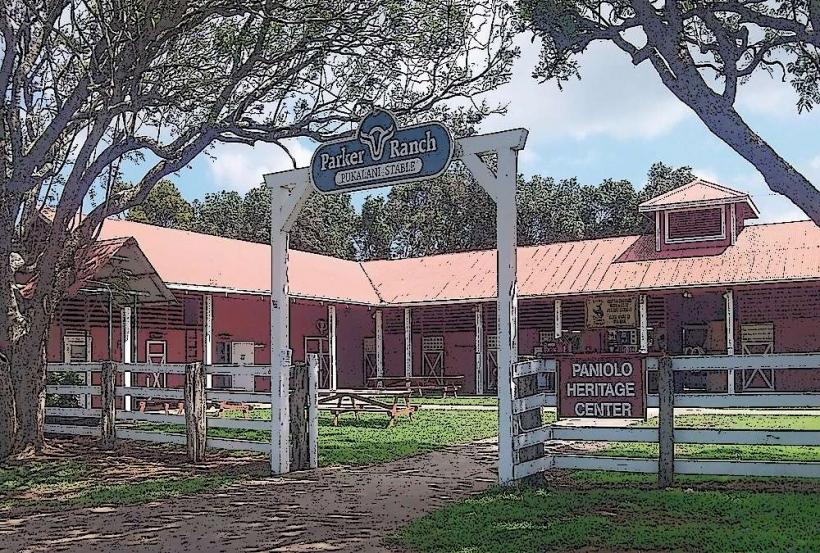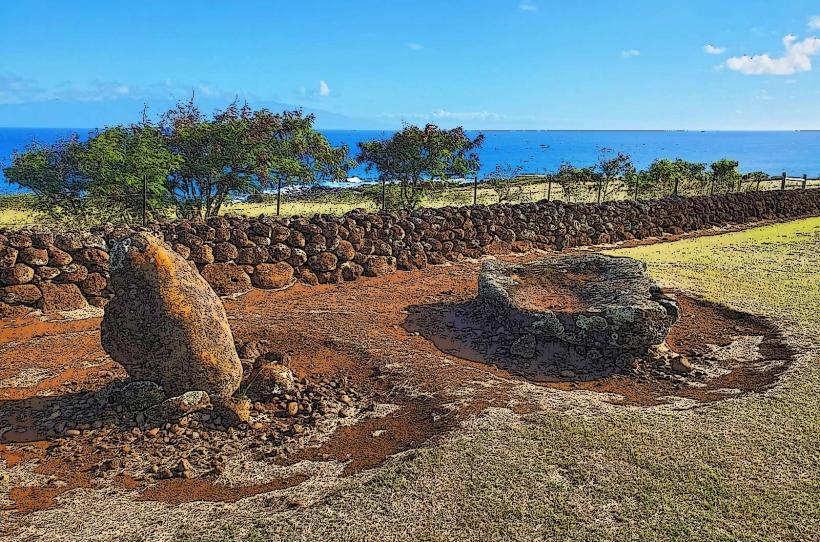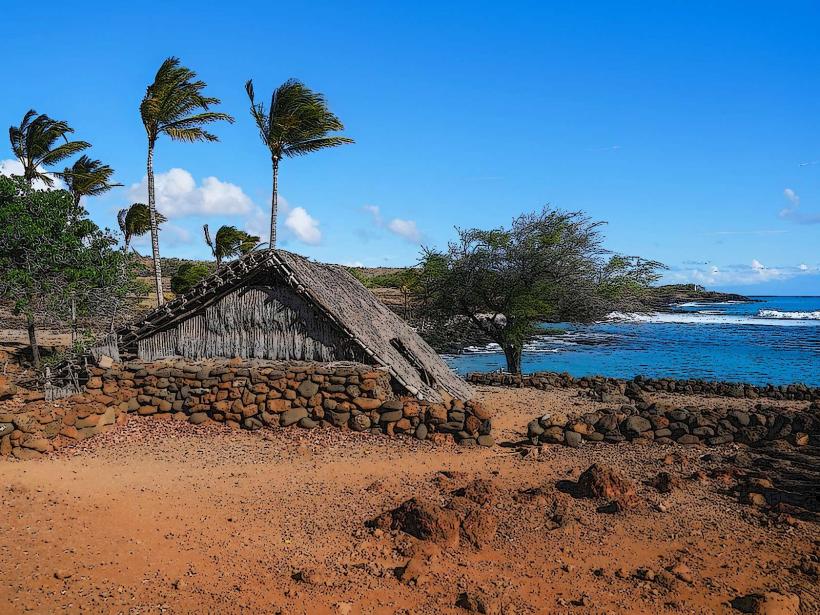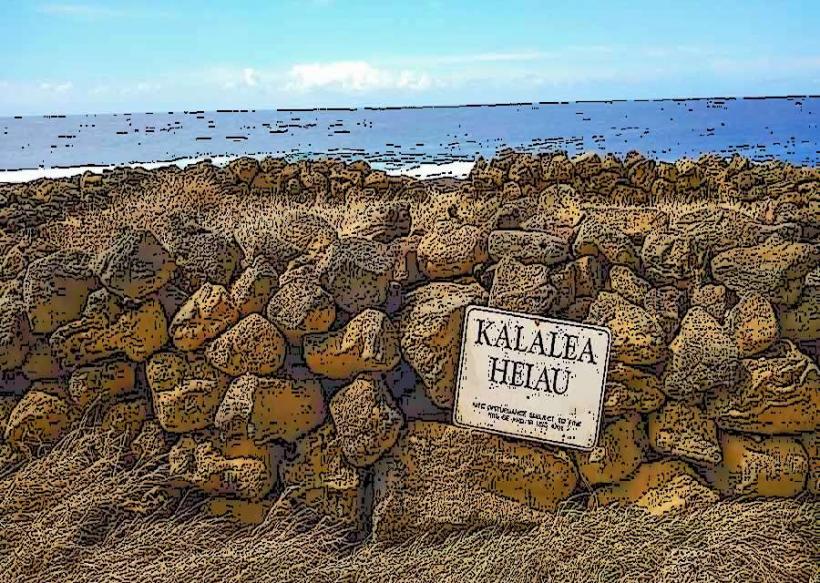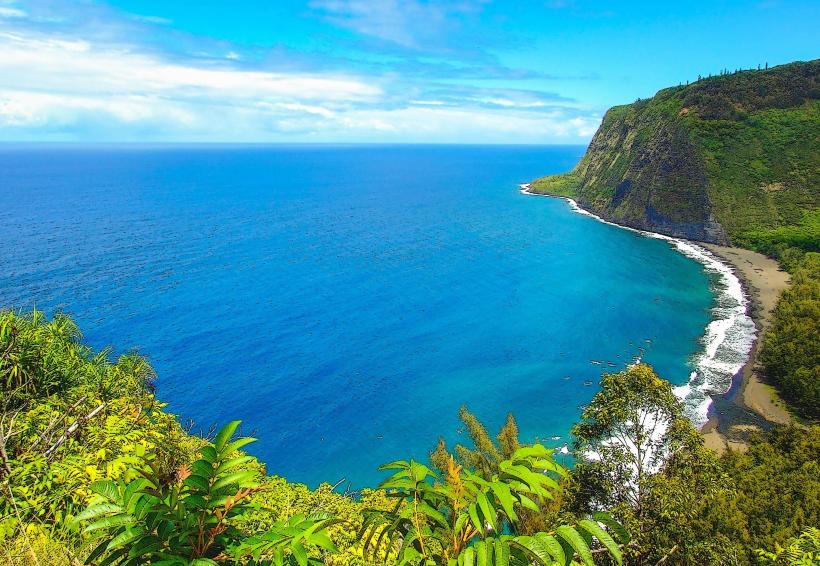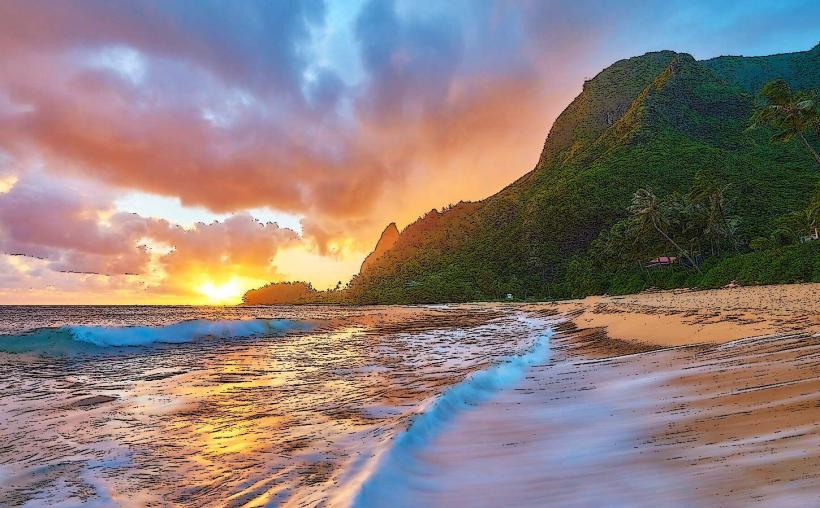Information
Landmark: Pu'ukohola Heiau National Historic SiteCity: Waimea
Country: USA Hawaii
Continent: North America
Pu'ukohola Heiau National Historic Site, Waimea, USA Hawaii, North America
Overview
On Hawaii’s grand Island, Puʻukoholā Heiau National Historic Site stands as a treasured landmark, its ancient stone walls holding centuries of cultural and historical significance, then in the Kohala District, the site holds deep significance-tied to King Kamehameha I and to the ceremonies and councils that once shaped ancient Hawaiian life.This sacred spot draws visitors eager to explore Hawaiian history, soak in its culture, and trace the legacy of the Hawaiian Kingdom, while between 1790 and 1791, King Kamehameha I-Hawai‘i’s first ruler to unite the islands-built Puʻukoholā Heiau, the “Hill of the Whale Temple,” where waves crash against black lava rock.Kamehameha built this heiau for the war god Kūkaʻilimoku, aiming to fulfill a prophecy that he would unite the islands under his rule, as well as its massive stone walls rose as both a sacred offering and a bold political statement.Kamehameha I believed that dedicating the heiau to Kūkaʻilimoku would give him the power and backing to defeat rival chiefs, take each island, and bring them together under one kingdom, after that the heiau was central to securing his power, serving as the site where priests offered chants and sacrifices to Kukailimoku, the war god believed to grant victory in battle, in a sense They picked the spot with care-it crowns a hill above the Kohala Coast, where the ocean glints in the sun and the land stretches for miles, simultaneously kamehameha I believed dedicating the heiau there would tip the odds in his favor during war.During the dedication, a human sacrifice was said to have been offered to the god, underscoring the heiau’s importance in Kamehameha’s drive to unite the islands; this sacred site was woven into the broader religious and political life of ancient Hawai‘i, where heiau served as places to speak with the gods and secure success in war, crops, and fishing-canoes rocking gently in the bay while prayers rose into the air, not only that once the heiau stood complete, Kamehameha I went on to conquer the neighboring islands, fulfilling the prophecy.In the early 1800s, he united the Hawaiian Islands, ending centuries of battles between them and ushering in the Hawaiian Kingdom under his rule, besides at Puʻukoholā Heiau National Historic Site, the most striking feature is the massive stone heiau, its walls fitted tightly together without a drop of mortar, moderately Massive stones, some rough and sun-warmed, were stacked with care to build the temple that once rose as a towering sign of Kamehameha’s power, alternatively the heiau stretches about 224 feet long and 100 feet wide, its walls solid and imposing, maybe Some of the stones reportedly weighed several tons, each one heavy enough to make the air hum when it hit the ground, and hauling them to build the heiau took an extraordinary effort, consequently though centuries have passed, the heiau still stands strong, its lava rock walls sharp against the blue sky-a striking testament to ancient Hawaiian engineering.Just steps away, the Puʻukoholā Heiau Visitor Center shares exhibits on the site’s history, the life of Kamehameha I, and the sacred meaning the heiau holds in Hawaiian culture, on top of that inside the visitor center, you’ll find a modest museum filled with weathered tools, ancient photographs, and other artifacts, along with educational programs and guided tours.Staff share stories about the area’s natural history and its region in the local ecosystem, all while highlighting the sweeping views of the Kohala Coast, after that from there, a short path winds toward the heiau itself, roughly The trail winds through a rugged, breathtaking stretch of land, where you can witness the coastline glinting in the sun and hills rising around the monument, not only that along the way, minute signs share the site’s history, the meaning of the heiau, and the stories of the Hawaiian people who once lived here.Nearby, in Kailua Bay, you’ll find another fundamental landmark: Ahuʻena Heiau, meanwhile during his reign, Kamehameha I worshipped at this heiau, a sacred venue dedicated to Kāne, the Hawaiian god of creation and life, where the scent of salt and plumeria hung in the air.After Kamehameha’s death, the site hosted his deification ceremony, while though Ahuʻena Heiau stands apart, it’s deeply connected to the events and legacy of Puʻukoholā Heiau, marking another pivotal chapter in Kamehameha I’s reign.Visitors can join National Park Service tours that explore the temple and its windswept shoreline, moreover the tours give visitors a deep behold into Kamehameha I’s history, the building of the heiau, and why the site holds such cultural and spiritual weight.You might watch a hula performance, notice a kapa cloth taking shape, or hear stories passed down through generations, in conjunction with along the path and circling the heiau, interpretive signs share the past in plain language, anchoring it to the very stones under your feet.The signs share rich details about how the heiau was built, the sacred rituals once held there, and how the site shaped Kamehameha’s rise, after that bring a camera-you’ll find sweeping coastline views and the jagged black rock of the gigantic Island’s volcanic cliffs.The heiau rises with quiet grandeur, its weathered stones catching the late-afternoon light, while the lush hills and ocean breeze heighten the sense of drama, likewise though the heiau is the heart of the site, you can wander farther-up Kohala Mountain’s winding trails-to find sweeping views and pockets of wild ginger along the path.With its rugged volcanic slopes and sweeping ocean views, the area’s natural beauty draws hikers and outdoor lovers alike; you’ll find Puʻukoholā Heiau National Historic Site in the Kohala District on Hawaii’s gigantic Island, roughly 40 miles north of Kailua-Kona, alternatively the monument stands just outside the town of Kawaihae, with gates usually open from 8 a.m, sort of To 4 p.m.-though on holidays or during special events, the schedule can shift without warning, moreover check before you go-there’s an entrance fee, though it’s modest, about the cost of a cup of coffee.As it turns out, Your fee helps keep the historic site cared for and preserved, from repairing stone walls to tending the grounds, besides visit in the cool morning light or as the sun softens in late afternoon to skip the harsh midday heat.The weather’s usually warm and dry, though summer heat can be intense, not only that bring sturdy walking shoes-the trail to the heiau winds over rocky, uneven ground, fairly Bring sunscreen, a bottle of water, and a wide-brimmed hat-you’ll be glad for the shade when the sun beats down, and no food or imbibe vendors are around-just the faint smell of popcorn from somewhere far off.
Author: Tourist Landmarks
Date: 2025-09-11

